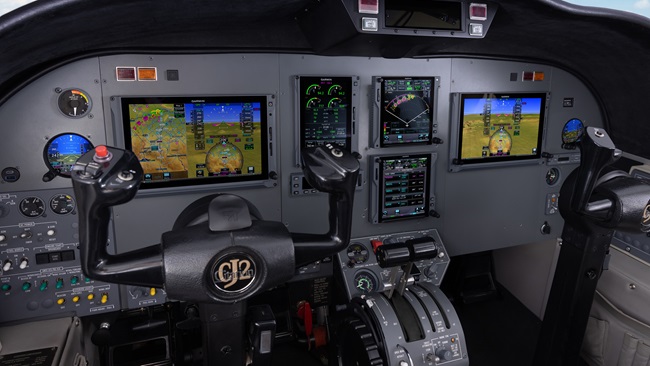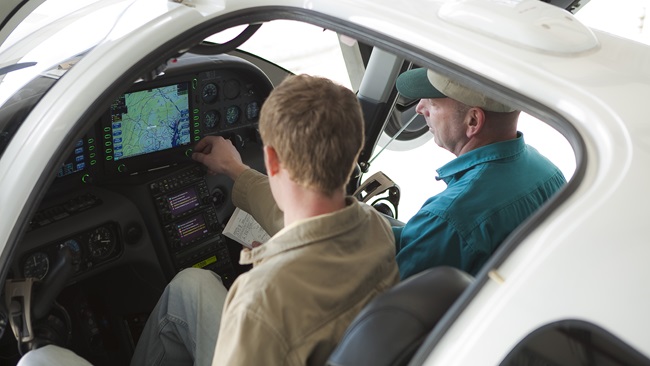
Photography by Mike Fizer
No doubt about it, Piper’s Meridian has found its niche in the step-up market. Ever since the preliminary design phase in 1997, the company’s goal was to provide an easy-to-fly machine that would make for simple transitions for owner pilots coming from piston singles. And making Meridians was an easy step up for Piper, too. Based on the PA–46 pressurized piston-single Malibu Mirage design, the Meridian added a single 500-shaft- horsepower Pratt & Whitney PT6A-42A turboprop engine to the design mix, plus a different wing to handle the Meridian’s higher maximum takeoff weight (4,850 pounds for the first Meridians versus 4,340 pounds for the Mirages) and provide space for 173 gallons of Jet-A. (Mirage fuel capacity is 120 gallons.)
Avionics timeline. The first Meridian was delivered in November 2000, and until the 2004 model year, the airplane came with the Meggitt MAGIC (Meggitt Avionics Next Generation Integrated Cockpit) avionics suite. At the time, the four-screen MAGIC system was quite the rage. It came with a 4.5-inch-high by 4.3-inch-wide primary flight display (PFD) and a similarly sized navigation display, plus an engine and instrument display system (EIDS). A pair of Garmin GNS 530 GPS/nav/coms were also aboard, and an S-Tec 550 autopilot, which was essentially a rebranded S-Tec System Fifty-Five X autopilot, rounded out the mix. In the 2003 model year the S-Tec was dropped in favor of Meggitt’s own model 1500 autopilot, which comes complete with roll steering, automatic altitude preselect, and airspeed hold modes.
By 2004, the Meggitt system was showing its age. Many liked the system, but Piper switched to Avidyne’s Entegra suite for the 2006 model year. The Entegra system came with three 10.4-inch-diagonal display screens consisting of pilot and co-pilot EXP5000 PFDs and a single EX5000 multifunction display (MFD). The EX5000’s moving map can show flight plan information, terrain awareness and warning (TAWS) cues, datalink weather graphics, and Jeppesen’s JeppView electronic approach charts. Rounding out the package were dual Garmin GNS430s, followed by GNS430Ws for Wide Area Augmentation Service (WAAS) precision on designated RNAV GPS approaches. The Meggitt 1500 was retained as the ship’s autopilot.
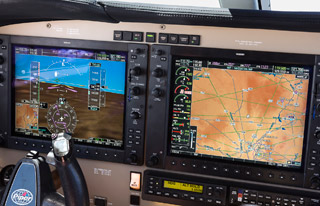
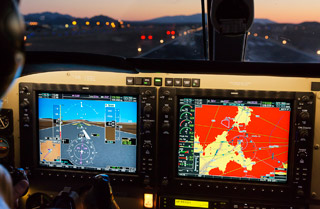
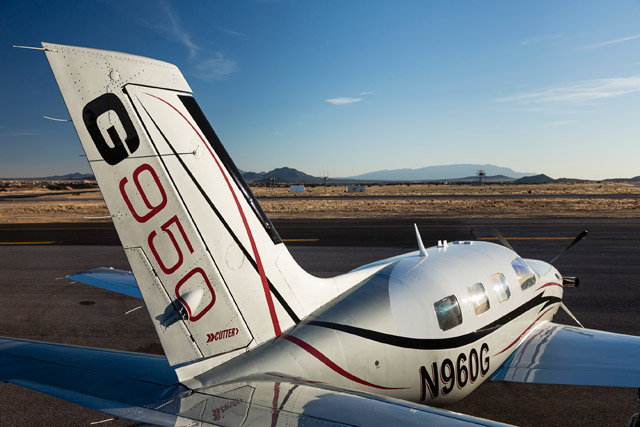
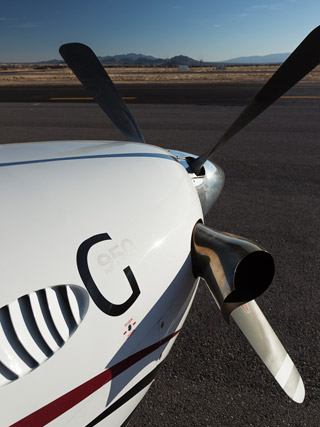
However, change is a constant, and in April 2009 Piper ditched the Avidyne system in favor of Garmin’s increasingly popular G1000 avionics suite. This setup used Garmin’s new, widely acclaimed GFC 700 autopilot, and it’s the system currently offered in brand-new Meridians, which now fetch $2.14 million.
Upgrade quandaries. With some 390 older Meggitt- and Avidyne-equipped Meridians still flying, there’s definitely a market for panel upgrades. Repairing failed Meggitt displays, air data/attitude and heading reference systems (ADAHRS), and display units can run as high as $9,000. Parts availability is also becoming difficult. And the Meggitt system lacked features that many feel are necessities today, such as synthetic vision and obstacle and terrain information. As for the Avidyne Entegra, these features are also unavailable. And while there are pathways for WAAS upgrades in both those systems, the truth is that both units are stuck in the pre-2009 avionics world—with nowhere to go if owners wanted bigger screens, more system integration, and higher functionality.
True, Avidyne continues to work on its Release 9 (R9) package for the Meridian, and this includes all the features mentioned above. It’s an exemplary design, certified and flying in Cirrus airplanes, but to date the project has been slow to gather momentum as a Meridian installation.
That left Garmin’s G500 avionics package as an upgrade alternative. But this PFD/MFD option left pilots without full integration. Engine and systems instrumentation and displays are separate, meaning that they have their own screens on a somewhat cluttered-looking panel. The G500 option uses Meggitt engine display and data acquisition units, plus dual Garmin GNS 530W GPS/nav/coms without keypad data entry. Instead, you’d use the traditional push-and-turn knobology that we’re all familiar with.
Enter the G950. Cutter Aviation, with its well-known network of seven FBOs and maintenance centers across the southwest United States, has come up with a new supplemental type certificate (STC) that gives Meridian owners the best upgrade option to date. Working in partnership with Garmin, Cutter developed its G950 retrofit. In simplest terms, the G950 system is an all-Garmin option—except for the Meggitt 1500 autopilot. This includes Garmin’s dual attitude and heading reference system (AHRS) and air data system units, and the engine instrumentation and optional ($15,000), center pedestal-mounted keypad. Cutter adds its own newly designed glareshield and circuit breaker panels as part of the deal.
Equally significant is the screen size of the G950’s PFD and MFD; they’re 12 inches, measured diagonally. Compare that to the Piper installation consisting of two 10-inch PFDs and a single 15- by 10-inch MFD. If you order Cutter’s three-screen option, which gives the copilot his or her own PFD, then the company says you’ll have seven more square inches of screen area. So the G950 screens are bigger than a full-up G1000’s from the factory.
In short, Cutter’s G950 looks and acts just like a G1000, which should make for easy transitions for anyone stepping up with even a little prior G1000 experience.
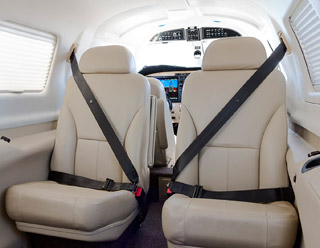
The result is a panel with a cleaner look more evocative of a current, original equipment manufacturer installation of a G1000 system. That feel is further reinforced by engine instrumentation depicted on the MFD, a reversionary mode that puts information from a failed display in a combined view on either a PFD or MFD, and system annunciators that appear on the PFD(s). In short, Cutter’s G950 looks and acts just like a G1000, which should make for easy transitions for anyone stepping up with even a little prior G1000 experience. For example, want to create or change a flight plan? There are three ways to do it: on the PFD inset view, via the MFD flight plan menu, or using that optional keypad.
So, I hear you ask, what’s the difference between a G1000 and G950, other than screen size? Answer: the G950 uses the Meggitt 1500 autopilot, and the G1000 uses Garmin’s GFC 700 autopilot/flight control system. And the 1500 is the only component that’s not Garmin.
Right now, Cutter’s Phoenix location at the Sky Harbor Airport (PHX) is the only facility performing the G950 retrofit, but that may change in the near future. Cutter has done five installations to date, with a backlog of Meridians waiting for retrofit. Look to hear more about the G950 in the months to come, as more owners choose to keep their Meridians abreast of the times.
Email [email protected].

